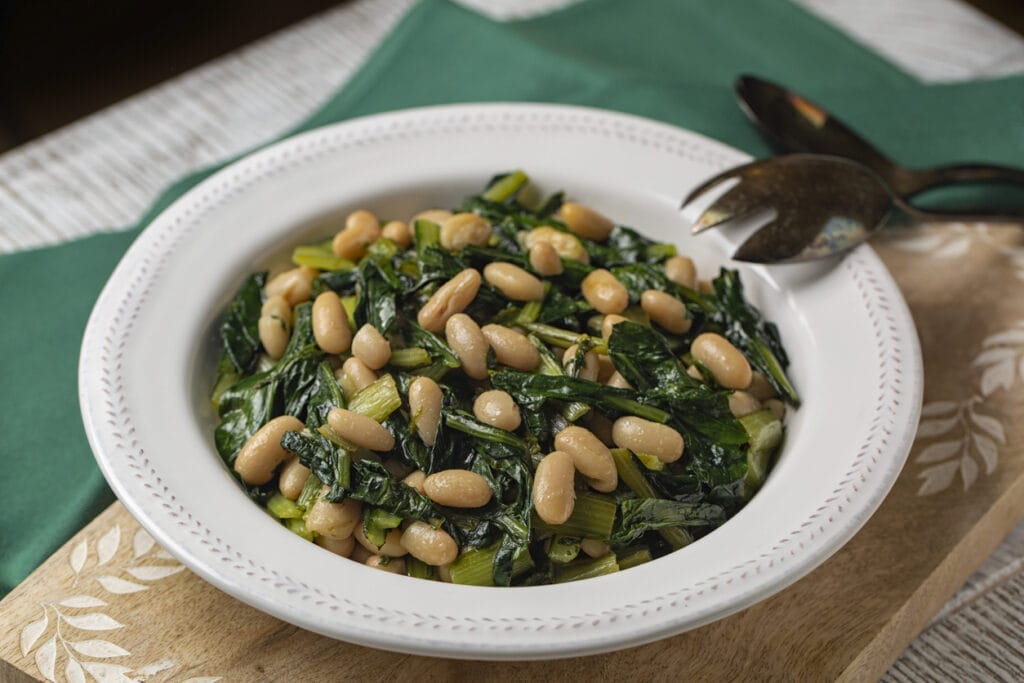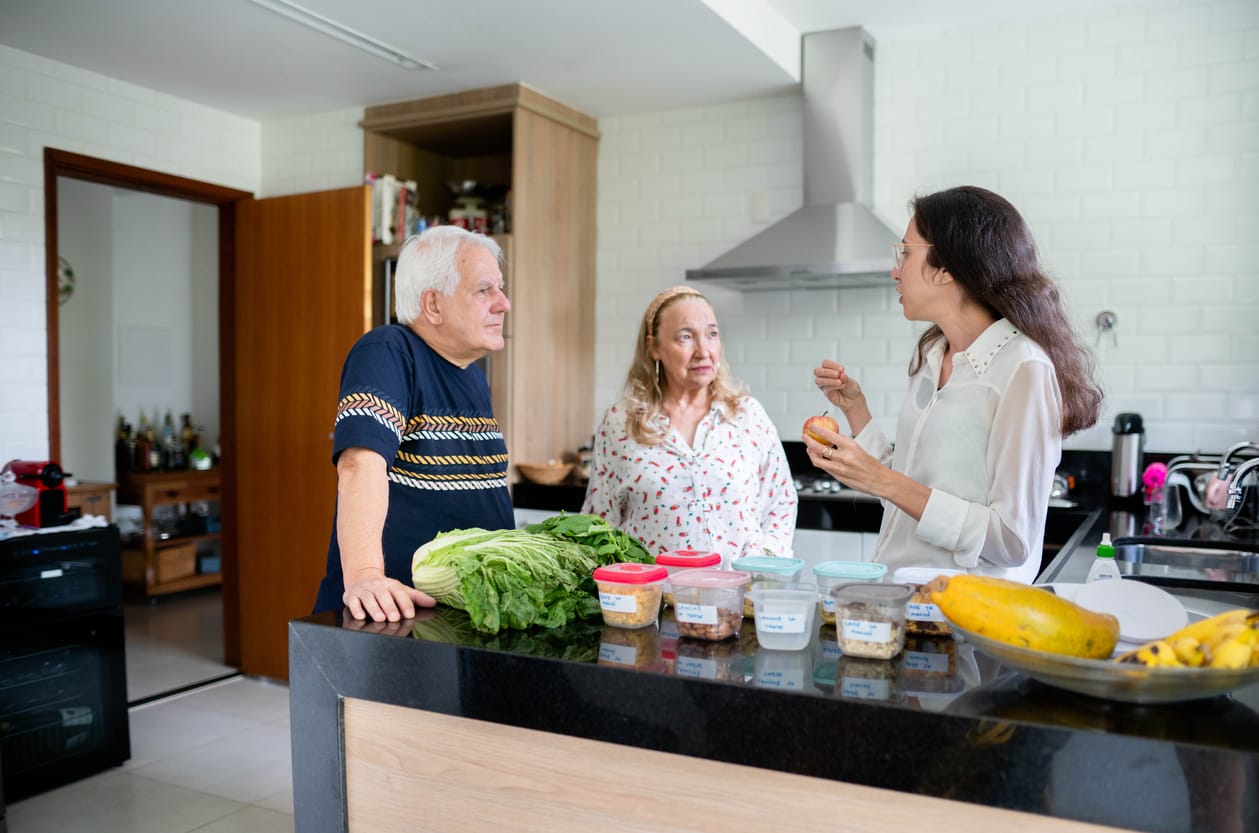Ensuring that your elderly loved ones receive sufficient calcium is crucial for their health and well-being. A variety of foods rich in calcium should be included in their daily diet to support bone health and muscle function. Some of the most beneficial sources of calcium include dairy products like milk, cheese, and yogurt. For those who prefer plant-based options or have dietary restrictions, leafy greens such as kale and spinach, along with fortified foods like cereals and orange juice, are excellent alternatives.
For your senior loved ones, the recommended daily calcium intake varies by age and gender, but generally, they should aim for about 1,200 mg per day according to the Office of Dietary Supplements at the National Institutes of Health. This dietary guideline helps compensate for decreased calcium absorption as people age. It's important for caregivers to keep these recommendations in mind when planning meals to ensure that their elderly loved ones' nutritional needs are met effectively.
Challenges in Cooking for Calcium Preservation
When cooking for elderly loved ones, preserving the nutritional value of meals, especially calcium, requires careful consideration. Here are the key challenges and solutions for maintaining calcium levels during food preparation:
- Loss of Calcium in Cooking Water: A common mistake is boiling vegetables in large quantities of water, which causes calcium to leach out. Much of this calcium is then lost when the water is discarded.
- Overcooking: Extended cooking times can significantly reduce the calcium content of foods. This is particularly true for calcium-rich vegetables and dairy products.
Optimal Cooking Methods for Nutrient Preservation
- Steaming Instead of Boiling: Steaming vegetables rather than boiling them helps to prevent the loss of calcium into cooking water.
- Quick Cooking Techniques: Utilizing quicker cooking methods such as stir-frying or sautéing helps to retain more of the food's natural calcium.
Implementing these strategies not only helps in preserving the nutritional quality of the meals but also ensures that elderly individuals derive the maximum calcium benefit from their diet. This approach is critical for enhancing the effectiveness of dietary intake and supporting the overall well-being of elderly family members.
Optimal Cooking Methods to Preserve Calcium
When cooking for elderly loved ones, it's crucial to use methods that preserve the calcium content of foods to ensure they receive the nutrients necessary for their health. Here are some optimal cooking techniques that help maintain calcium levels:
- Steaming Vegetables: Steaming is one of the best methods to preserve calcium in vegetables. Unlike boiling, where nutrients can leach out into the water and be discarded, steaming minimizes contact with water and thus prevents significant nutrient loss. This method ensures that more calcium remains in the vegetables, making them more beneficial for consumption.
- Stir-frying and Sautéing: These cooking techniques are excellent for retaining calcium because they require little to no water and have shorter cooking times. Quick cooking at high heat helps preserve not only calcium but also other vitamins and minerals. This makes stir-fried or sautéed dishes not only tasty but also nutritionally rich.
- Using the Cooking Water: In situations where boiling or simmering is necessary, it's wise to reuse the nutrient-rich water. According to the National Institutes of Health, cooking water can contain significant amounts of minerals, including calcium. Instead of discarding water used for boiling vegetables or pasta, incorporate it into soups, broths, or gravies. This way, any calcium and other minerals that leached into the water are not wasted but are instead consumed in another form.
Recipes and Meal Ideas
When planning meals for elderly loved ones, it's important to incorporate recipes that are not only nutritious but also rich in calcium, using cooking methods that preserve this crucial mineral. Here are a few simple recipes and meal planning tips to help maximize calcium intake throughout the day:
Broccoli and Cheese Steamed Cups
Ingredients: Fresh broccoli, shredded cheddar cheese, eggs, garlic powder.
Method: Steam chopped broccoli until just tender. Mix with beaten eggs, cheddar cheese, and a sprinkle of garlic powder. Pour into muffin tins and bake at 350°F until the eggs are set, about 20 minutes. This method keeps the broccoli rich in calcium and makes a delicious, portable snack.
Sautéed Spinach and White Beans
Ingredients: Fresh spinach, canned white beans (drained), olive oil, garlic, lemon juice.
Method: In a large pan, sauté minced garlic in olive oil until fragrant. Add fresh spinach and cook until just wilted. Stir in white beans and a splash of lemon juice, cooking until heated through. This quick sauté method preserves the calcium in the spinach and beans, making a hearty side dish or light main course.

Salmon and Vegetable Stir-fry
Ingredients: Salmon fillets, assorted bell peppers, broccoli, soy sauce, ginger.
Method: Cut salmon into chunks and stir-fry with chopped bell peppers and broccoli in a hot pan with a bit of oil and minced ginger. Drizzle with soy sauce. The quick cooking time ensures that the vegetables retain their calcium, and the salmon provides an additional boost of calcium.
Meal Planning Tips
- Balance Throughout the Day: Spread calcium-rich foods across all meals. Include a dairy product or fortified alternative at breakfast, a leafy green salad at lunch, and a calcium-rich main dish for dinner.
- Snacks Count: Incorporate small, calcium-rich snacks like yogurt or cheese sticks between meals to boost calcium intake.
- Diversify Sources: Utilize various calcium sources to prevent dietary monotony. Rotate between dairy, leafy greens, fortified foods, and calcium-set tofu to provide a range of nutrients and flavors.
- Hydration with a Twist: Encourage drinking calcium-fortified beverages or using milk instead of water in oatmeal and cereals to sneak extra calcium into the diet.
Practical Tips
Preparing meals for elderly loved ones involves meeting both nutritional needs and accommodating specific dietary preferences. Here are practical tips on meal preparation strategies that save time and enhance nutrient preservation:
- Batch Cooking: Prepare large portions of meals that can be refrigerated or frozen and reheated. This is ideal for soups, stews, and casseroles, which are often enriched with calcium-rich ingredients and taste better the next day.
- Prep in Advance: Dedicate time to washing, chopping, and storing vegetables, cheeses, and meats. This preparation cuts down daily cooking time and keeps essential ingredients ready for quick, nutritious meals.
- One-Pot Meals: Utilize slow cookers or pressure cookers to make meals that require minimal active cooking time. According to the American Heart Association, slow cooking can help preserve nutrients in foods, including calcium. These methods help preserve nutrients that might be lost during more intensive cooking processes.





